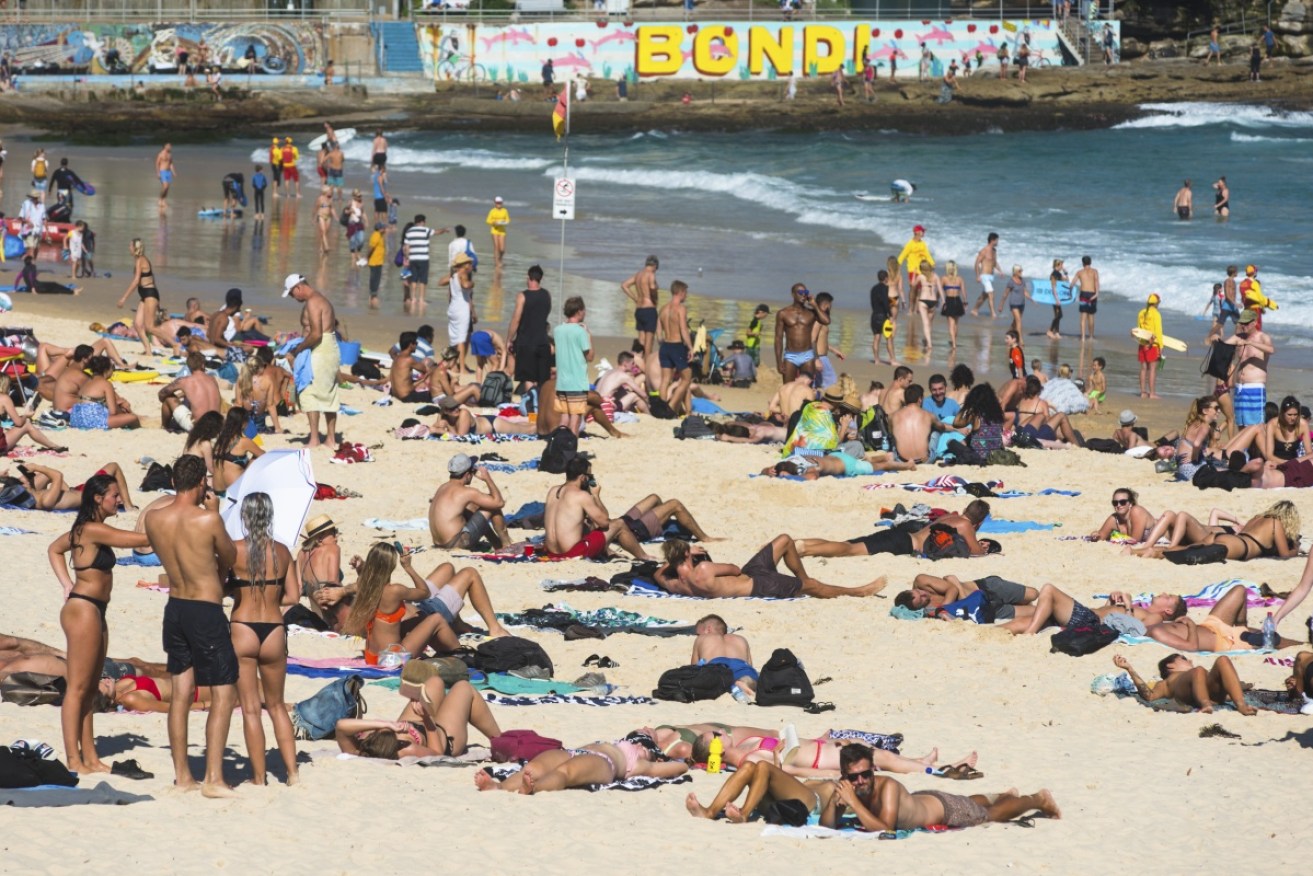The sun spots every Australian is being urged to watch out for


As the weather warms up, so too does the risk for dangerous sunspots. Photo: Getty
Australians are being urged to remain vigilant about sun safety and to watch for any new or unusual brown spots or lesions, which could signal a serious skin disease that has been linked to cancer.
The warning comes as many Australians prepare for a long, hot summer.
Brown, scaly sunspots – medically known as actinic or solar keratoses – are among the most common and expensive skin diseases to treat in Australia.
These sunspots typically appear on the face, hands, bald scalp, ears or shoulders, but can pop up anywhere on the body that is overexposed to the sun.
Though they may look harmless at first, over time they can progress to a common type of non-melanoma skin cancer, known as squamous cell carcinoma.
“If you’re getting sunspots, that’s a sign that you’re cancer prone,” dermatologist and researcher Professor Ron Sinclair said.

Sunspots are common on the face, neck, shoulders and back of hands. Photo: Getty
“People become more aware of them in the summer months because the spots tend to feel prickly or they might experience a burning sensation. But not always.
“When you run your hand over them it can feel like sandpaper. They are less than one centimetre in diameter. And they are usually red and flaky.
“They are relatively flat, but if they are starting to become raised it’s a sign that it’s transformed into a skin cancer.”
Who is affected?
People with fair skin, who burn easily in the sun, are at higher risk. But Professor Sinclair warned that no one was immune.
In a population-based study in Nambour in Queensland, 44 per cent of men and 37 per cent of women between the ages of 20 and 69 had at least one solar keratosis on their head, neck, hands and arms.
Another study, from 1998 but still commonly cited by skin cancer specialists, found that up to six in 10 people from subtropical Queensland over the age of 40 had solar keratosis.
Associate Professor Alvin Chong from the Skin and Cancer Foundation Inc. Victoria said about one-third of sunspots will disappear on their own.

Solar keratoses of the hand. Photo: Dr Alvin Chong
“However, the probability that an individual squamous cell carcinoma has arisen from solar keratosis is high,” Associate Professor Chong said.
In fact, studies show that 60 per cent of squamous cell carcinomas started out as sunspots, suggesting that many of these cancers could have been prevented if detected early.
Treatment and prevention
Isolated sunspots can be removed with cryotherapy treatment, which involves freezing off the spots using liquid nitrogen.
Larger ‘fields’ of sunspots are often treated using topical creams or gels that can be prescribed by a dermatologist or GP.
These medicated creams target sunspots specifically, and are different to store-bought skin lightening or brightening products that promise to remove ageing spots or pigmentation.

Sunspots on the forehead. Photo: SkinCheck.com.au
Doctors say that sunspots will come back even with treatment. So a person’s best defence is exercising sun safety to prevent sun damage in the first place
“Using the creams doesn’t fix the skin or take it back to its pre-sundamaged state,” Royal Australian College of General Practitioners president Dr Harry Nespolon said.
“It does remove the obvious problems, like the sunspots. But, inevitably they can come back.
“If you have any new unusual spots, or an ‘ugly duckling’ that looks different to the other spots you’ve got, it’s crucial you get it checked.”
Dr Nespolon told The New Daily that “checking new lesions is something all GPs should be doing”.
He said the warmer weather was a good reminder to get your spots checked.
According to latest figures by Cancer Council Australia, there were 642 recorded deaths from non-melanoma skin cancers in 2015.
Symptoms of squamous cell carcinoma include thickened red, scaly spots, a rapidly growing lump, or non-healing sores that are usually tender or painful to the touch.








